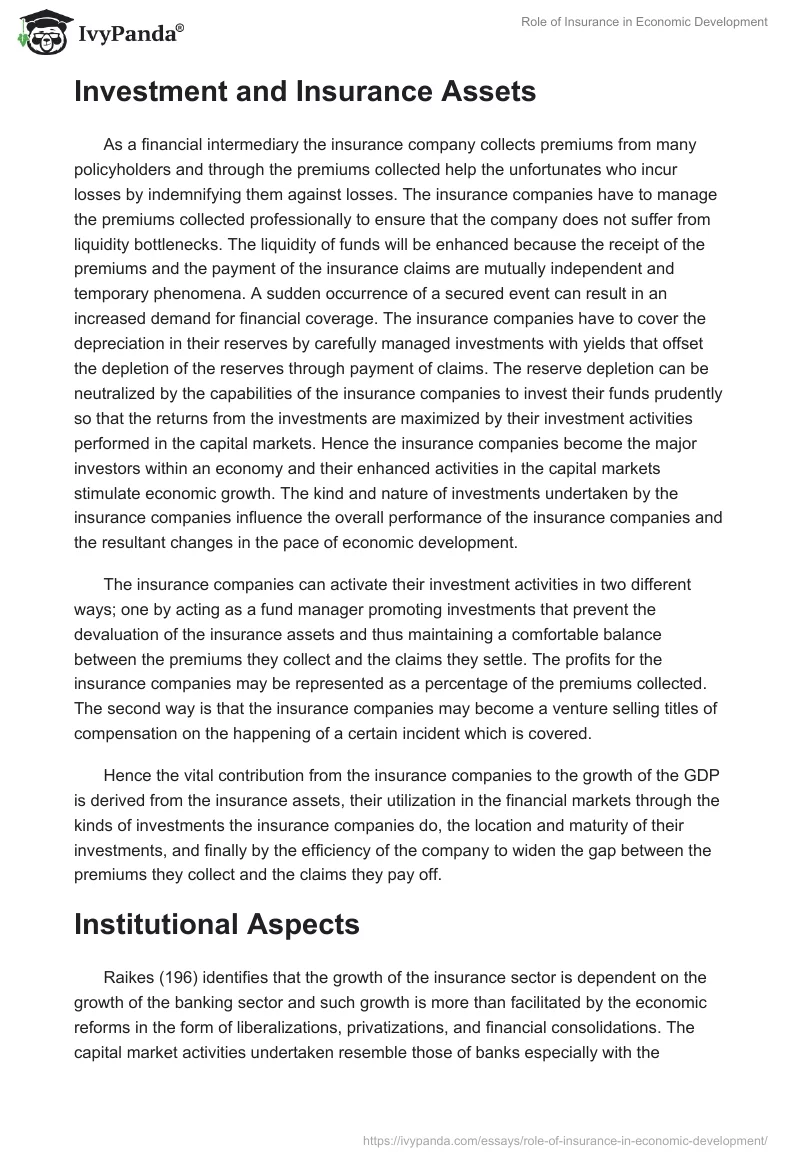Pacific Prime Can Be Fun For Everyone
Pacific Prime Can Be Fun For Everyone
Blog Article
Some Known Factual Statements About Pacific Prime
Table of ContentsPacific Prime - An OverviewMore About Pacific PrimeUnknown Facts About Pacific PrimeThe Main Principles Of Pacific Prime Pacific Prime Things To Know Before You Buy

This is because the data were accumulated for a period of strong financial efficiency. Of the approximated 42 million individuals that were uninsured, almost regarding 420,000 (concerning 1 percent) were under 65 years of age, the age at which most Americans end up being qualified for Medicare; 32 million were adults in between ages 18 and 65, around 19 percent of all grownups in this age group; and 10 million were youngsters under 18 years old, regarding 13.9 percent of all youngsters (Mills, 2000).
These price quotes of the variety of individuals without insurance are generated from the yearly March Supplement to the Current Population Survey (CPS), carried out by the Demographics Bureau. Unless otherwise noted, national estimates of people without health and wellness insurance coverage and proportions of the population with different sort of coverage are based on the CPS, the most widely utilized resource of quotes of insurance policy coverage and uninsurance prices.
The smart Trick of Pacific Prime That Nobody is Discussing

Still, the CPS is particularly helpful since it produces annual quotes fairly swiftly, reporting the previous year's insurance protection approximates each September, and since it is the basis for a consistent collection of price quotes for even more than twenty years, permitting evaluation of trends in coverage with time. For these factors, as well as the extensive use the CPS in various other studies of insurance policy coverage that exist in this record, we depend on CPS estimates, with limitations kept in mind.

The quote of the number of uninsured people expands when a population's insurance standing is tracked for numerous years. Over a three-year period starting early in 1993, 72 million people, 29 percent of the U.S. https://www.4shared.com/u/V2DOm1s8/pacificpr1me.html. populace, lacked protection for at the very least one month. Within a solitary year (1994 ), 53 million people experienced at the very least a month without insurance coverage (Bennefield, 1998a)
Six out of every ten without insurance adults are themselves employed. Although functioning does improve the likelihood that a person and one's household participants will certainly have insurance policy, it is not an assurance. Even participants of households with 2 full time wage earners have nearly a one-in-ten chance of being uninsured (9.1 percent without insurance rate) (Hoffman and Pohl, 2000).
Getting My Pacific Prime To Work
New immigrants make up a substantial proportion of people without wellness insurance policy. One analysis has connected a significant portion of the current development in the dimension of the united state without insurance populace to immigrants that got here in the nation in between 1994 and 1998 (Camarota and Edwards, 2000). Current immigrants (those who pertained to the USA within the past 4 years) do have a high rate of being without insurance (46 percent), but they and their children represent simply 6 percent of those without insurance nationally (Holahan et al., 2001).
The connection between medical insurance and accessibility to care is well developed, as recorded later on in this phase. The connection between health insurance and wellness outcomes is neither straight neither basic, a substantial clinical and health solutions research study literature web links health insurance policy protection to improved accessibility to care, much better quality, and enhanced individual and population wellness status.
Levels of evaluation for examining the impacts of uninsurance. It concentrates particularly on those without any type of health and wellness insurance for any type of length of time.
Some Known Facts About Pacific Prime.
The issues encountered by the underinsured are in some respects comparable to those faced by the without insurance, although they are usually much less serious. Health insurance, nonetheless, is neither essential nor sufficient to gain accessibility to medical services. The independent and direct result of health and wellness insurance coverage on accessibility to wellness solutions is well established.
Others will certainly get the healthcare they require even without health insurance policy, by paying for it out of pocket or seeking it from providers that offer treatment free or at highly subsidized prices. For still others, wellness insurance policy alone does not make certain receipt of treatment because of various other nonfinancial obstacles, such as a lack of healthcare service providers in their area, limited accessibility to transport, illiteracy, or etymological and social differences.
Unknown Facts About Pacific Prime
Formal research regarding without insurance populations in the United States dates to the late 1920s and early 1930s when the Committee on the Cost of Healthcare created a collection of browse around this site reports regarding funding physician office check outs and hospitalizations. This problem became significant as the numbers of clinically indigent climbed during the Great Clinical depression.
Report this page